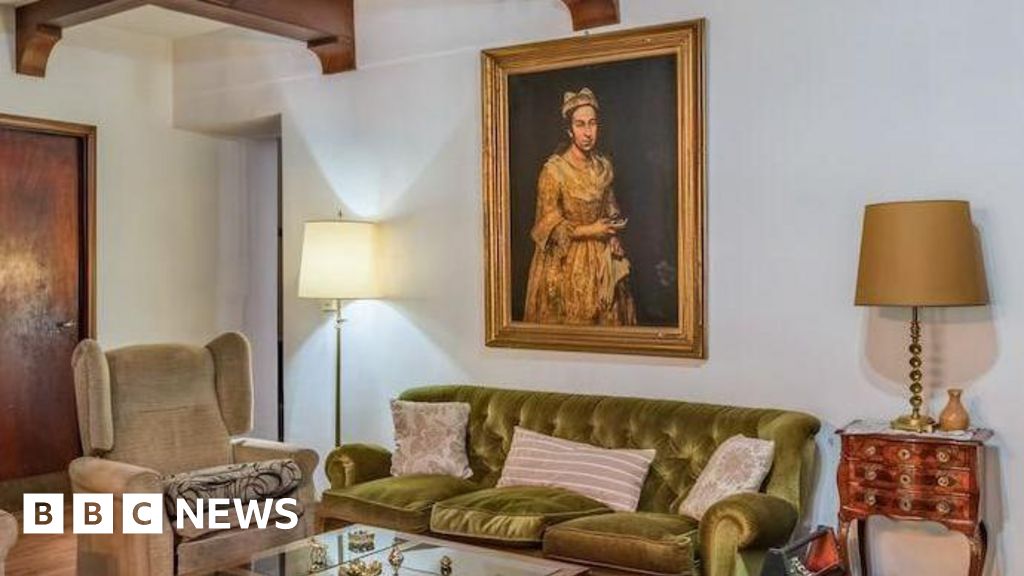In a surprising conclusion to one of the oddest thefts in recent times, two men have been sentenced for their involvement in the 2019 heist of a fully functioning golden toilet from Blenheim Palace in England. The extravagant artwork, titled “America,” crafted by Italian artist Maurizio Cattelan, was valued at an astounding $6 million.
James Sheen, aged 44, was identified as the mastermind behind the theft and received a four-year prison sentence after pleading guilty to burglary, conspiracy to transfer criminal property, and other charges. Meanwhile, 39-year-old Michael Jones was sentenced to 27 months in prison for his role in the operation, which included conducting reconnaissance of the palace prior to the audacious crime.
The case drew considerable attention not only for the grandeur of the stolen item but also due to the unusual nature of the crime itself. Shan Saunders, a solicitor with the Crown Prosecution Service, noted the extraordinary characteristics of what was dubbed “the gold toilet caper.” He commented on the meticulous planning the criminals undertaken, despite the overwhelming evidence they left behind.
The artistic piece was ultimately believed to have been dismantled and sold for its gold content, underscoring the bizarre intersection of art and criminality in the modern age. The case raises questions about the future security of high-value artworks in stately homes, and whether unique pieces will draw similar heists in the years to come.
James Sheen, aged 44, was identified as the mastermind behind the theft and received a four-year prison sentence after pleading guilty to burglary, conspiracy to transfer criminal property, and other charges. Meanwhile, 39-year-old Michael Jones was sentenced to 27 months in prison for his role in the operation, which included conducting reconnaissance of the palace prior to the audacious crime.
The case drew considerable attention not only for the grandeur of the stolen item but also due to the unusual nature of the crime itself. Shan Saunders, a solicitor with the Crown Prosecution Service, noted the extraordinary characteristics of what was dubbed “the gold toilet caper.” He commented on the meticulous planning the criminals undertaken, despite the overwhelming evidence they left behind.
The artistic piece was ultimately believed to have been dismantled and sold for its gold content, underscoring the bizarre intersection of art and criminality in the modern age. The case raises questions about the future security of high-value artworks in stately homes, and whether unique pieces will draw similar heists in the years to come.



















